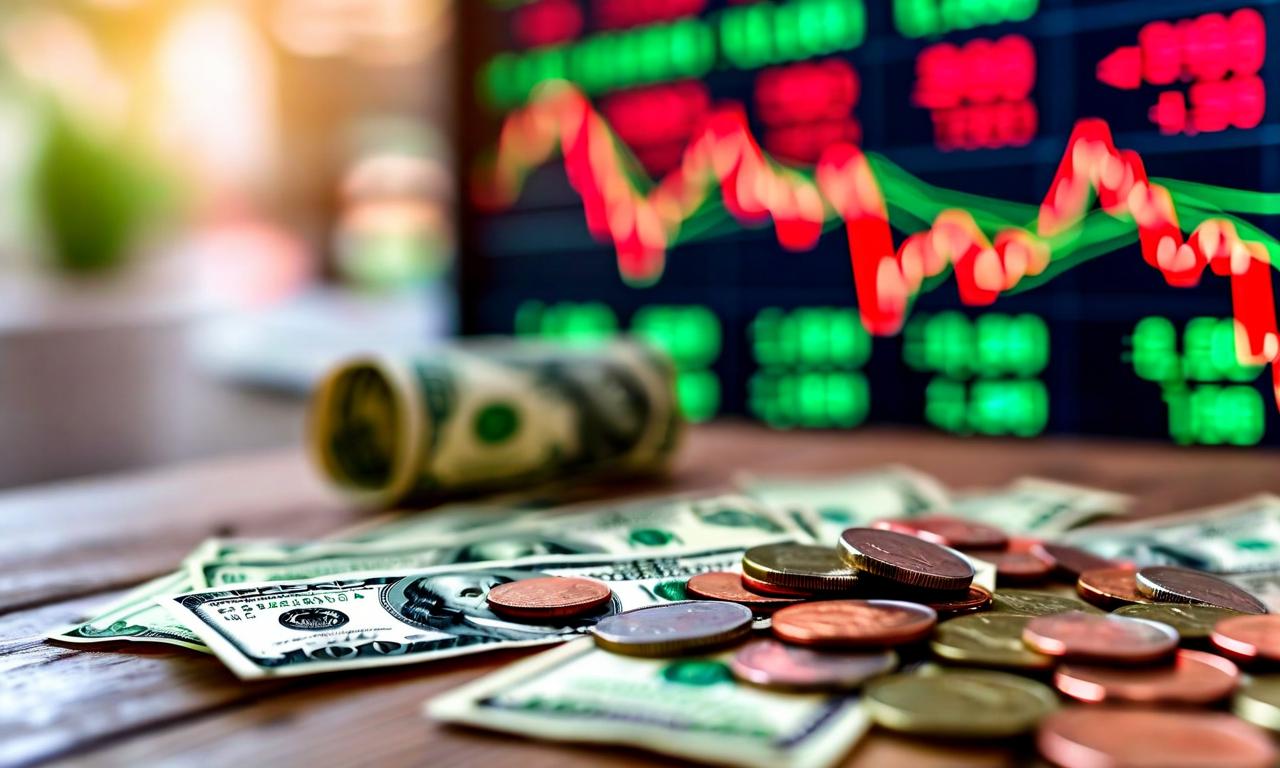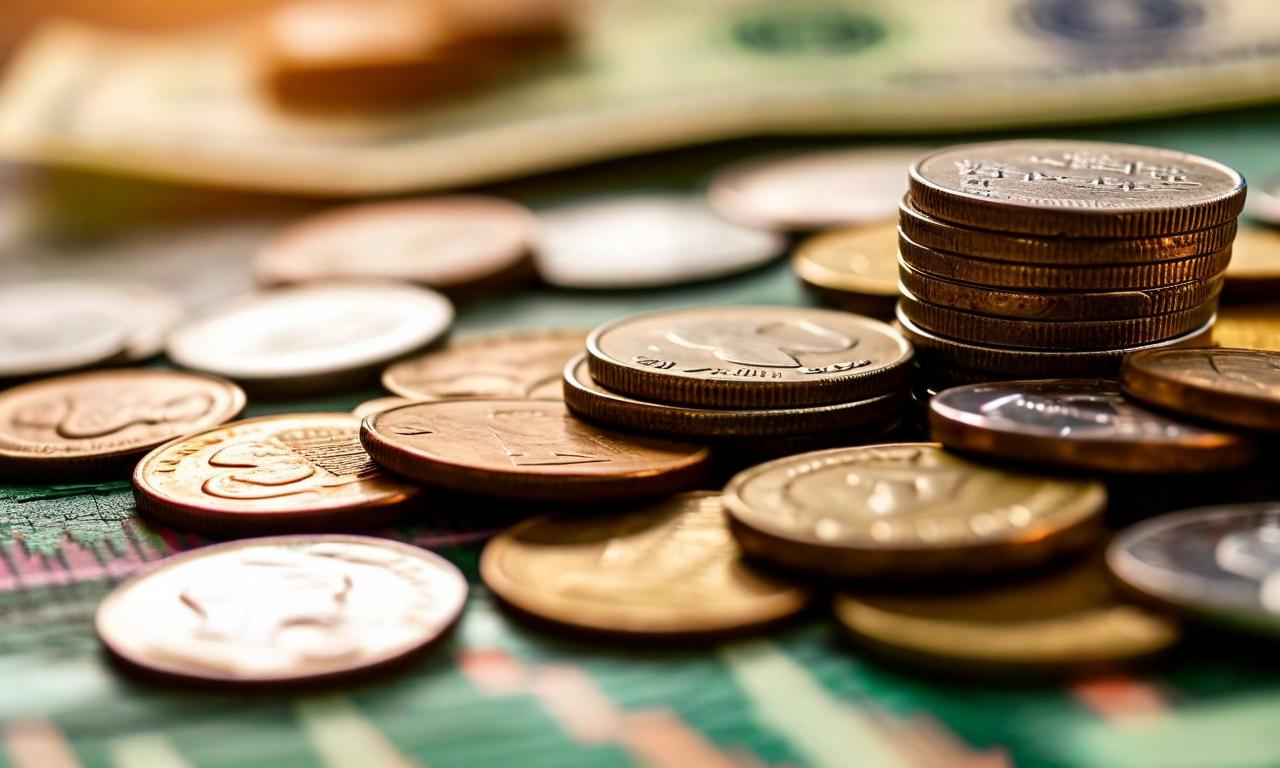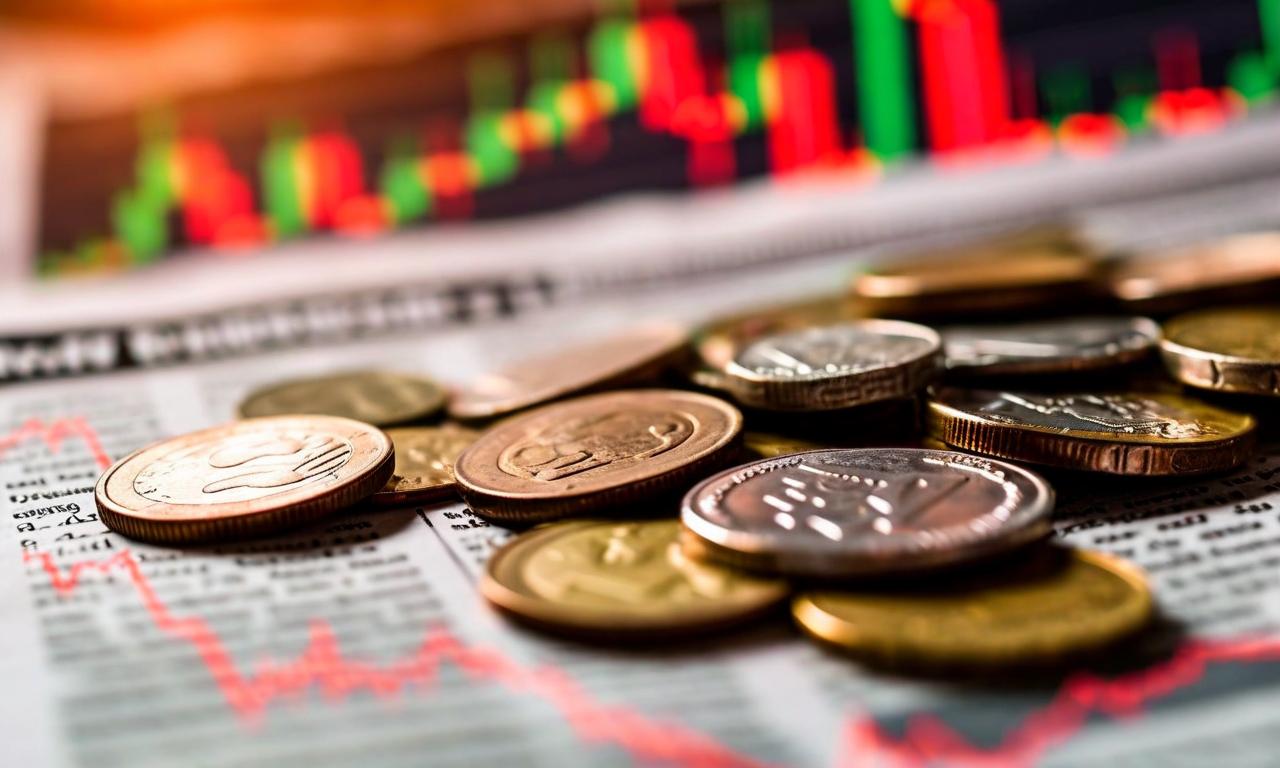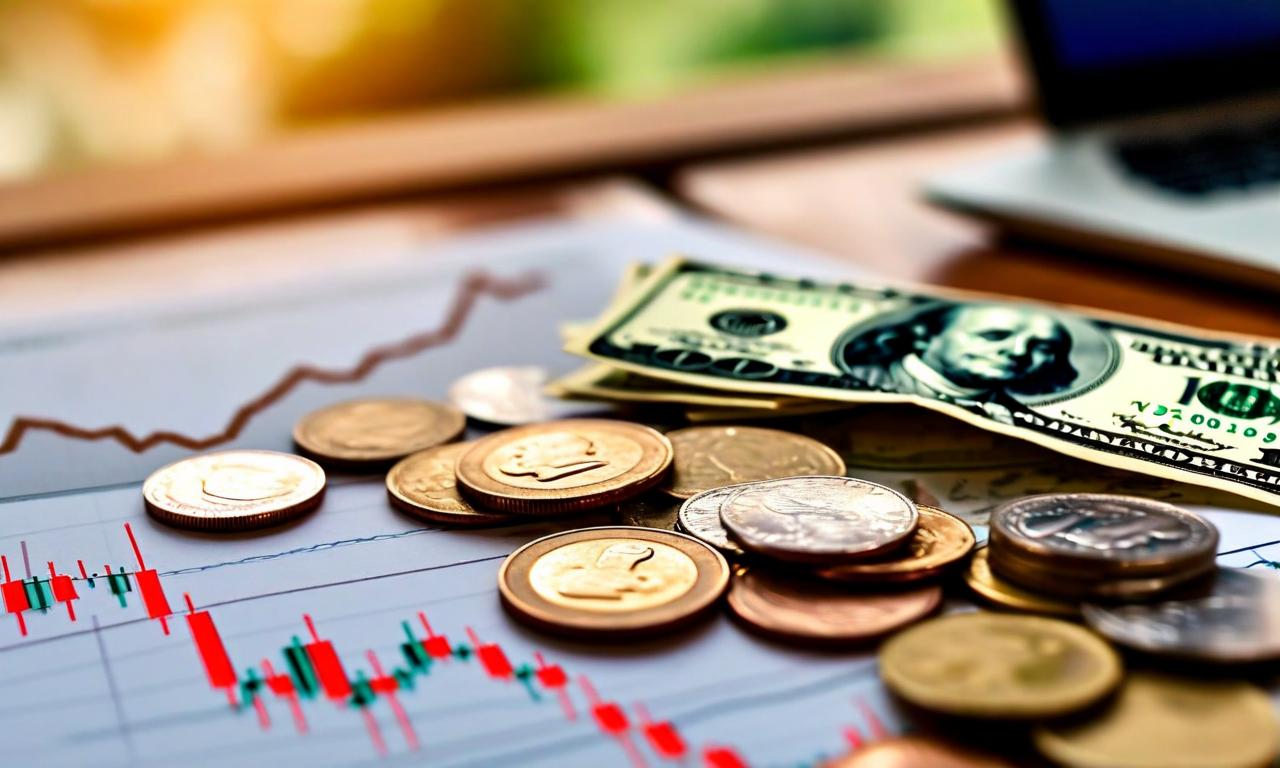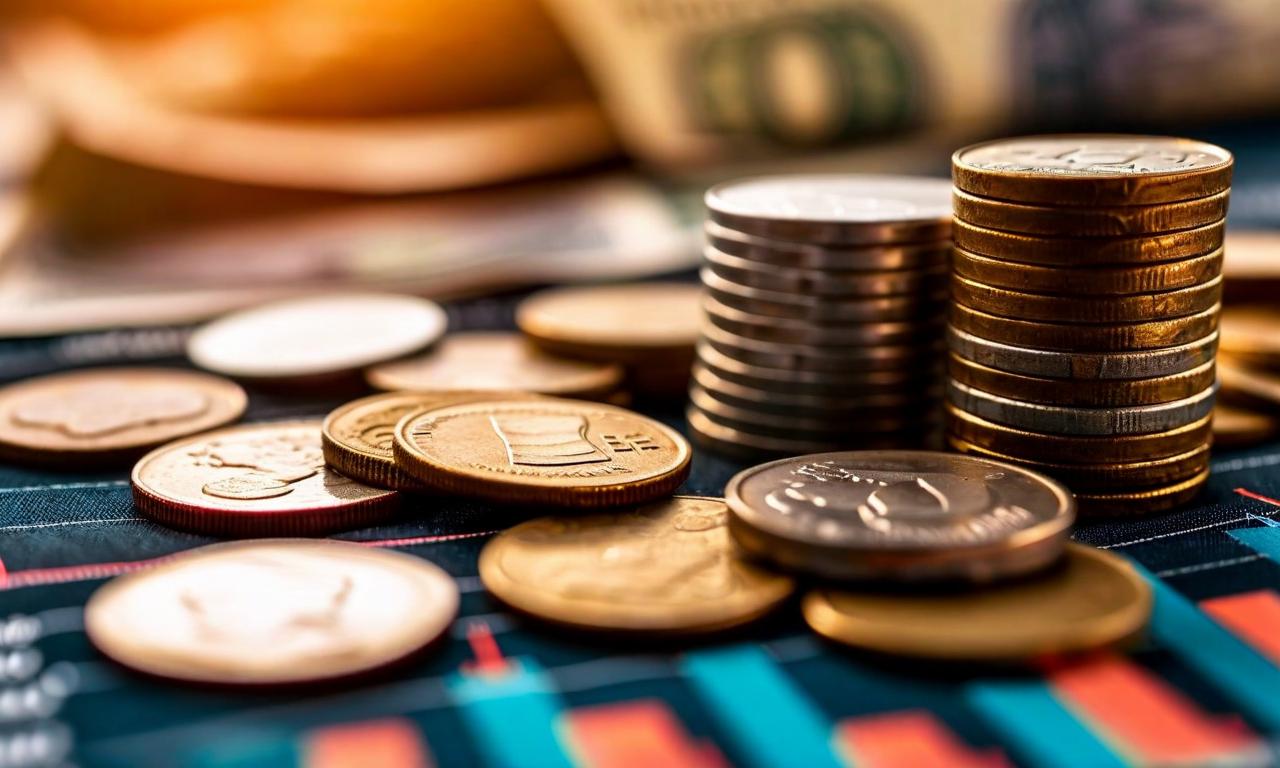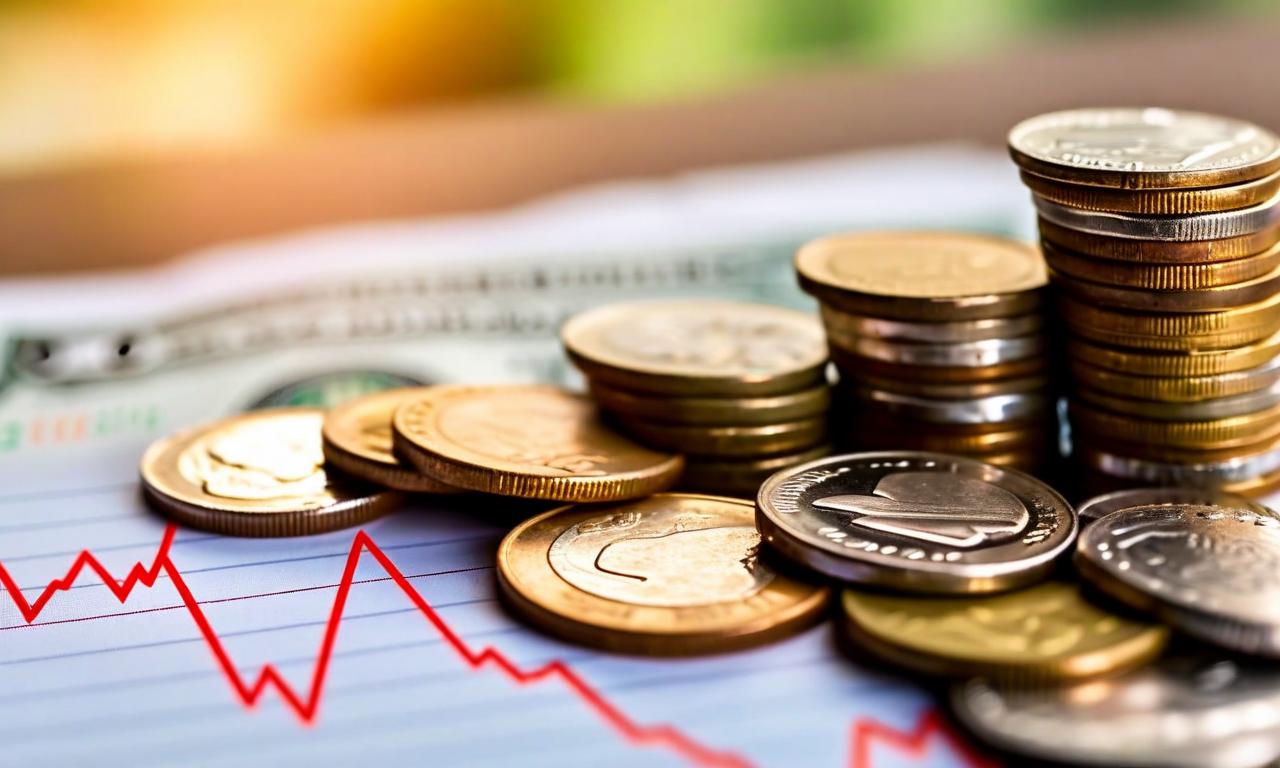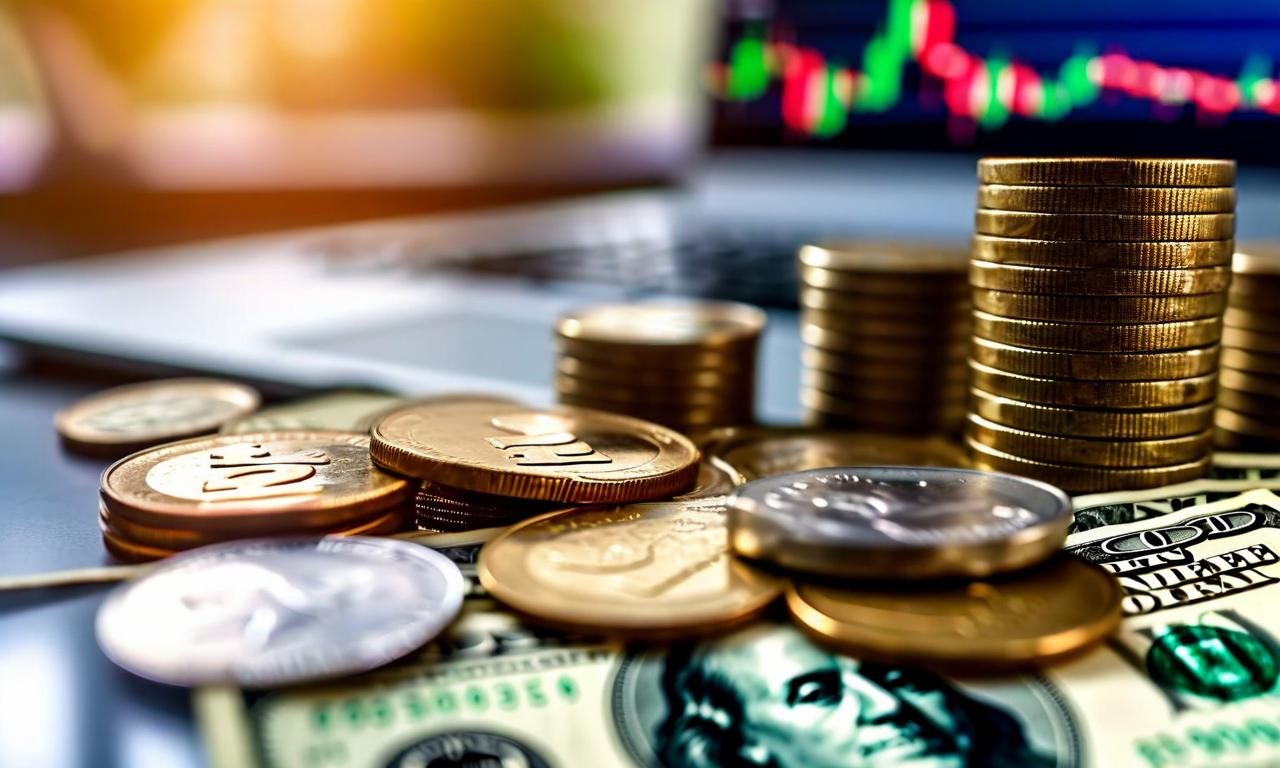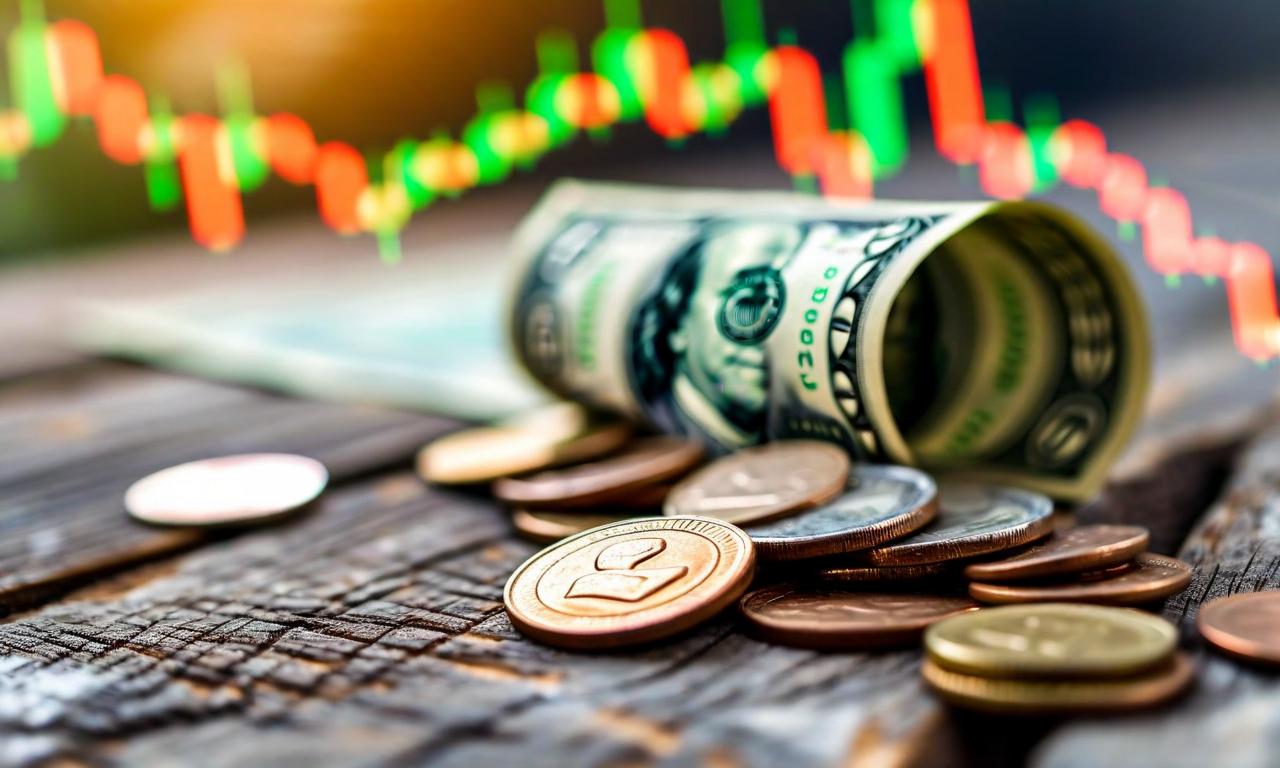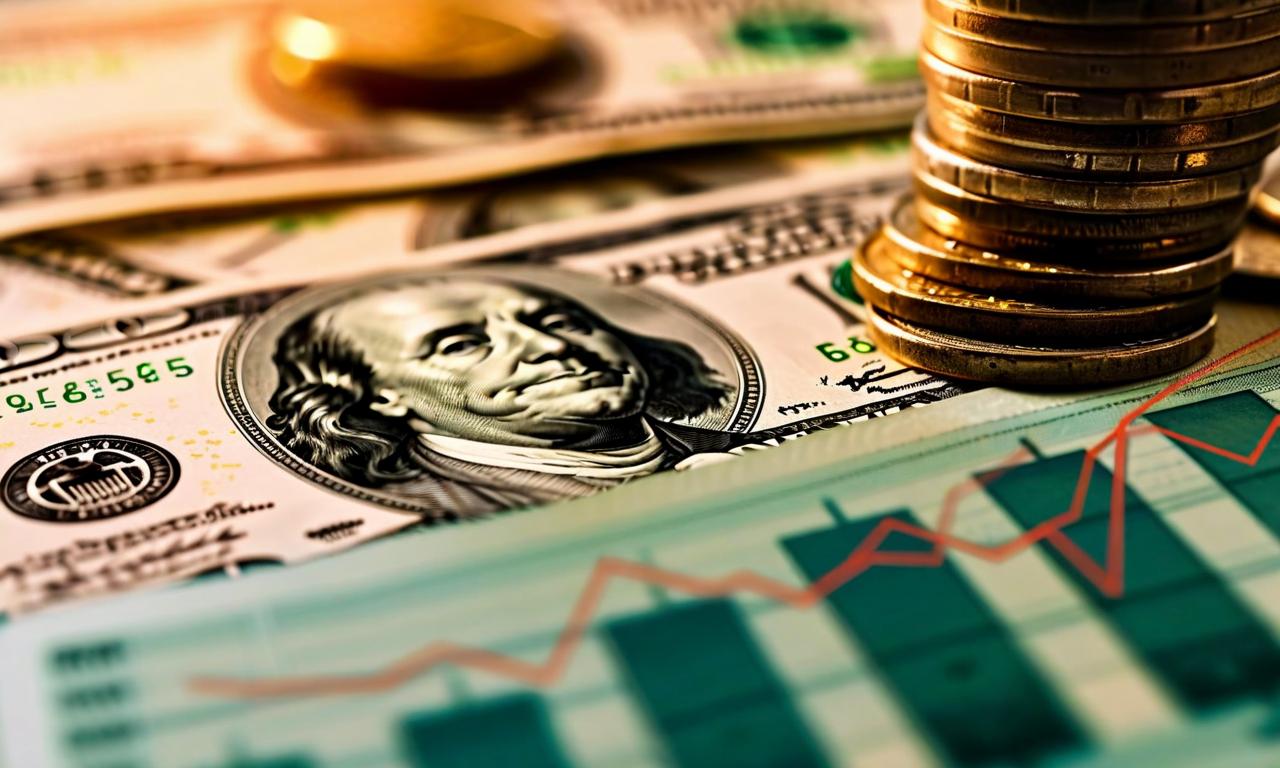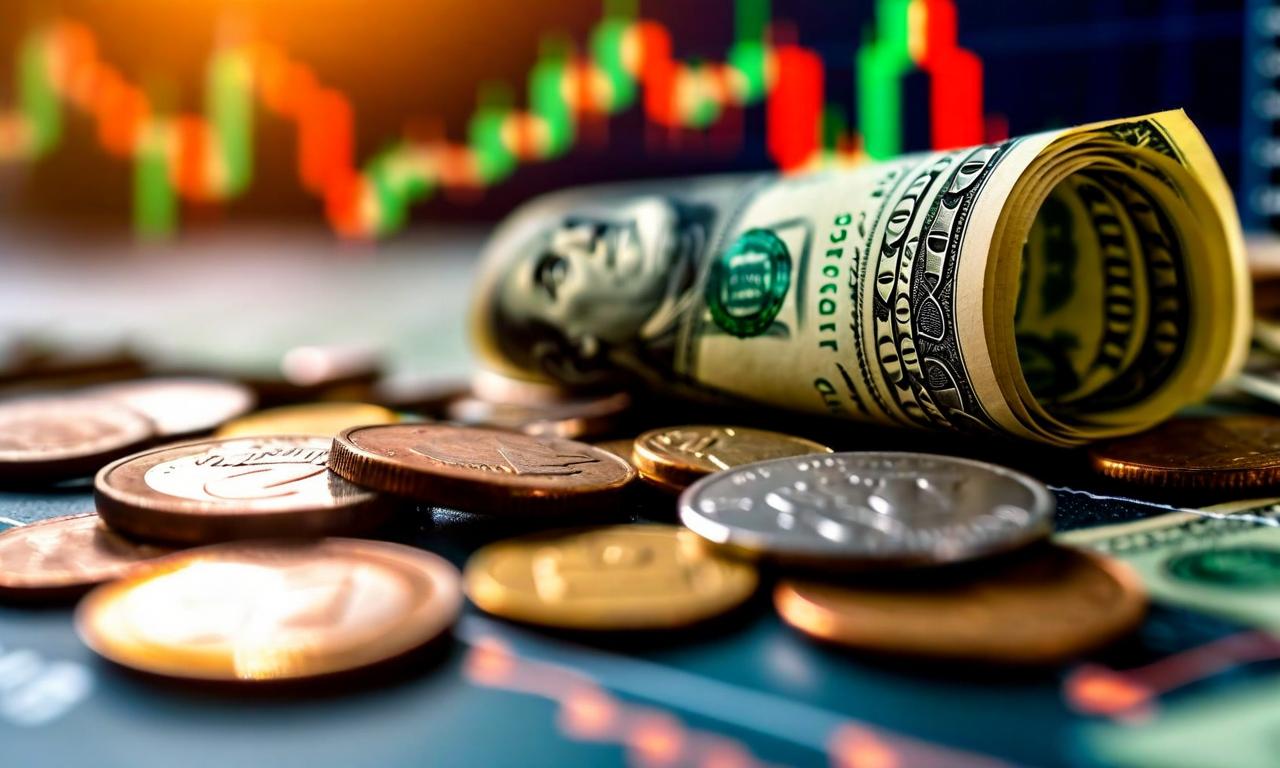Rupee Weakens Against Major Currencies, Shows Mixed Performance in Asian Markets
The Indian rupee has shown varied performance against major global currencies. It declined 3% against the US dollar, 14% against the euro, and 10% against the British pound. However, it gained 10% against the Japanese yen. Foreign portfolio investors withdrew $16 billion from Indian equities, while bond inflows dropped to $5.5 billion. In a recent trading session, the rupee gained 5 paise against the US dollar, opening at 88.11. Factors influencing the rupee's performance include FII inflows, US-India trade talks, global factors, and oil prices. Analysts expect limited further downside for the rupee, projecting it to trade in the 87-89 range.

*this image is generated using AI for illustrative purposes only.
The Indian rupee has shown varied performance against major global currencies, with significant movements observed in the forex market. While facing challenges against some currencies, it has demonstrated strength against others, reflecting the complex dynamics of international finance.
Performance Against Major Currencies
US Dollar
- The rupee declined approximately 3% against the US dollar.
- This represents the steepest drop among Asian currencies.
- The decline was cushioned by a 10% year-to-date slip in the dollar index.
Euro and British Pound
- The rupee fell nearly 14% against the euro.
- It declined 10% against the British pound.
- These larger drops are attributed to policy shift expectations in Europe and the UK.
Japanese Yen
- Interestingly, the rupee gained nearly 10% against the Japanese yen.
- This marks the strongest performance among Asian currencies.
Foreign Investment Flows
Foreign Portfolio Investment
- Foreign portfolio investors withdrew nearly $16 billion from Indian equities.
- Reasons cited include stretched valuations and slowing earnings growth.
Bond Inflows
- Bond inflows dropped to $5.5 billion, down from $17 billion in the previous period.
Foreign Direct Investment
- Foreign direct investment rose 15% to $18.6 billion in the first quarter.
Monthly Performance
- The rupee declined in every month except March and April.
- July recorded the sharpest fall of 2.1%.
- Despite an S&P Global sovereign credit rating upgrade in August, the rupee still experienced a 0.7% decline that month.
Recent Developments
Rupee's Recent Strength
- In a recent trading session, the rupee gained 5 paise against the US dollar.
- The domestic currency opened at 88.11 and improved to 88.10 against the greenback.
Factors Influencing Rupee's Performance
FII Inflows:
- Foreign institutional investors (FIIs) purchased equities worth Rs 2,050.46 crore.
- This influx of foreign capital has provided support to the rupee.
US-India Trade Talks:
- US President indicated ongoing trade negotiations with India.
- Potential progress in bilateral trade relations could impact the rupee.
Global Factors:
- The dollar index declined 0.45% to 97.90, bolstering the rupee's position.
Oil Prices:
- Rising crude oil prices have capped further gains in the rupee.
- Brent crude traded 0.86% higher at $66.96 per barrel.
- Geopolitical tensions, including Israel's attacks on Hamas leadership in Qatar, influenced oil prices.
Domestic Equity Markets
Indian stock markets displayed positive momentum:
| Index | Change (points) | Closing Level |
|---|---|---|
| Sensex | +363.39 | 81,464.71 |
| Nifty | +117.60 | 24,986.20 |
The upward movement in domestic equities could potentially attract more foreign investments, supporting the rupee.
Analyst Projections
- Analysts expect limited further downside for the rupee.
- BNP Paribas strategist Chandresh Jain projects the rupee to trade in the 87-89 range.
- Another 2-3% move in the dollar is anticipated.
As global and domestic factors continue to influence currency movements, market participants will closely monitor developments in US-India trade talks, oil price fluctuations, and FII flows for cues on the rupee's future trajectory.
